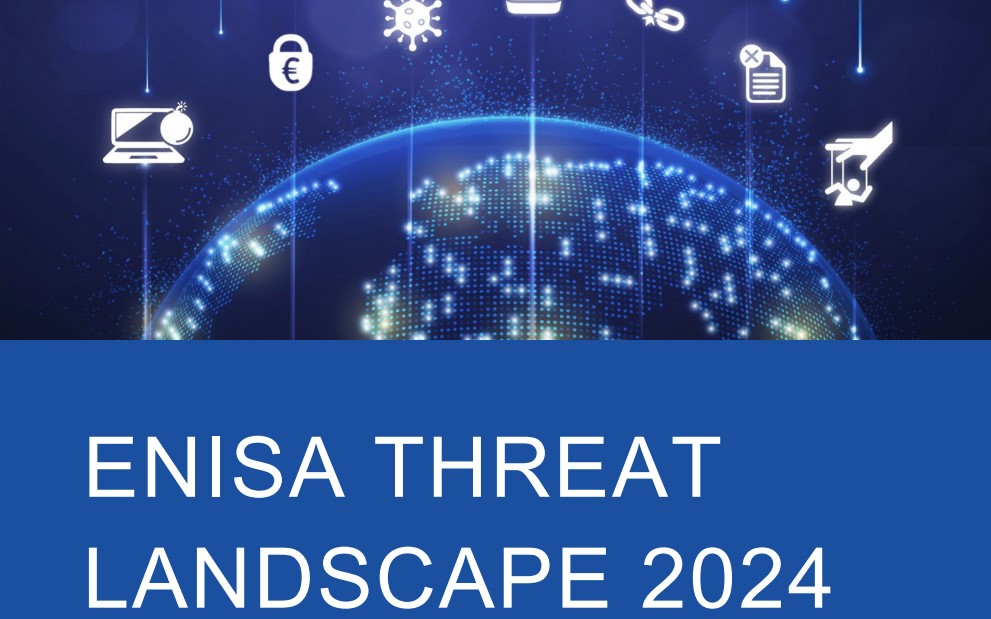
In its twelfth edition, the ENISA Threat Landscape (ETL) report offers a broad overview of the cybersecurity threat landscape. Over time, the ETL has served as a crucial tool for comprehending the present state of cybersecurity within the European Union (EU), furnishing insights into trends and patterns. This, in turn, has guided pertinent decisions and prioritisation of actions and recommendations. The ETL report combines strategic and technical elements, catering to both technical and non-technical audiences. The ETL 2024 report has been validated and supported by the ENISA Advisory Group and the ENISA National Liaison Officers
(NLO) Network.
Throughout the latter part of 2023 and the initial half of 2024, there was a notable escalation in cybersecurity attacks, setting new benchmarks in both the variety and number of incidents, as well as their consequences. The ongoing regional conflicts still remain a significant factor shaping the cybersecurity landscape. The phenomenon of hacktivism has seen steady expansion, marked by the emergence of numerous new groups. Major events taking place at a national or European level provided the motivation for increased hacktivist activity during the reporting period (e.g. European Elections).
The ETL 2024 report follows the same customary approach, drawing on diverse open-source data and cyber threat intelligence sources. It pinpoints significant threats, discerns emerging trends and offers practical high-level strategies for mitigating risk. This year’s ETL continues to use the officially endorsed ENISA Cyber Security Threat Landscape Methodology, which was released in 2022. The ENISA CTL Methodology serves as a foundational framework for the transparent and systematic creation of comprehensive cybersecurity threat landscapes,
spanning horizontal, thematic and sector-specific perspectives. This process is characterised by rigorous data collection and analysis procedures.
